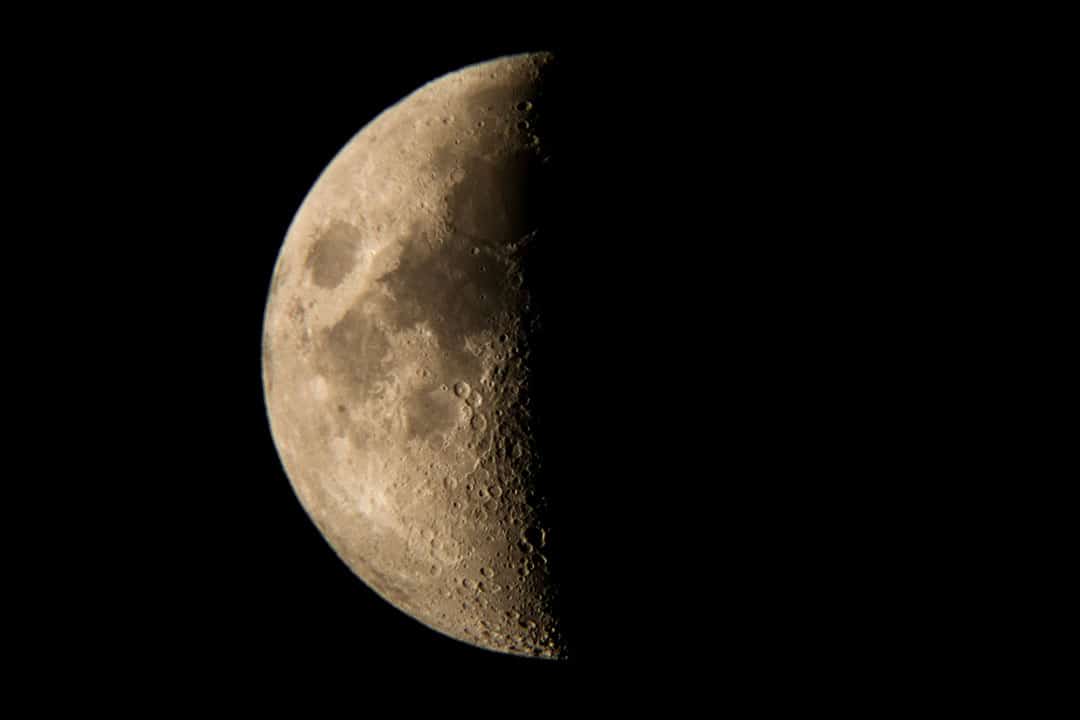Astronomy enthusiasts should set their alarms early this Wednesday, as a rare trifecta of lunar phenomena — a supermoon, a blue moon, and a lunar eclipse — will be briefly visible in Toronto before the sun rises.
The ‘Super Blue Blood Moon,’ as NASA calls it, is the result of three separate events coinciding early in the morning on January 31, 2018.
A supermoon — which occurs when the Moon is at its perigee, or its closest point to the Earth in its orbit — occurs a handful of times each year. Despite the familiar idiom, the blue moon — the second full moon in a month — can be seen about once every three years. A blood moon is a lunar eclipse and occurs when the Moon passes directly into the Earth’s shadow. A reddish colour tints the Moon when the sun’s light is scattered towards it, hence its name.
While each of these events occurs relatively often, the chances of them occurring on the same day are slim. This is the first time in over 150 years that a Super Blue Blood Moon has been visible from North America.
“The biggest difference in this eclipse compared to other ones is that it will also be a supermoon,” said Ayushi Singh, a graduate student in U of T’s Department of Astronomy and Astrophysics. “The reason I am excited is that the Moon will be close to the horizon. So, due to an illusion, the Moon will look even larger.”
While the best view of the Super Blue Blood Moon will be from the west coast, where the eclipse will be total, skywatchers in Toronto will still get a chance to witness the lunar spectacle between about 6:00 and 7:30 am. Maximum visibility will be at 7:30 am, and the Moon will set just four minutes after.
“I would try to get to a higher ground so tall [buildings] won’t be an issue,” advised Singh. The Moon will be very close to the horizon at the maximum point of eclipse in Toronto, so interested viewers should make sure to find an area where the horizon won’t be blocked.
For anyone unable to find a suitable viewing location — or anyone who just doesn’t want to wake up before the Sun rises — NASA will be offering an online livestream of the Moon’s passage through totality starting at 5:30 am EST and lasting for the full five hours and 17 minutes of the entire eclipse.
The next lunar eclipse visible in Toronto will occur in January 2019. Unlike Wednesday’s spectacle, the 2019 eclipse will reach totality in Toronto and across most of North America. It won’t, however, coincide with a supermoon or a blue moon — space enthusiasts will have to wait until January 2037 to witness this rare lunar trifecta for a second time.


